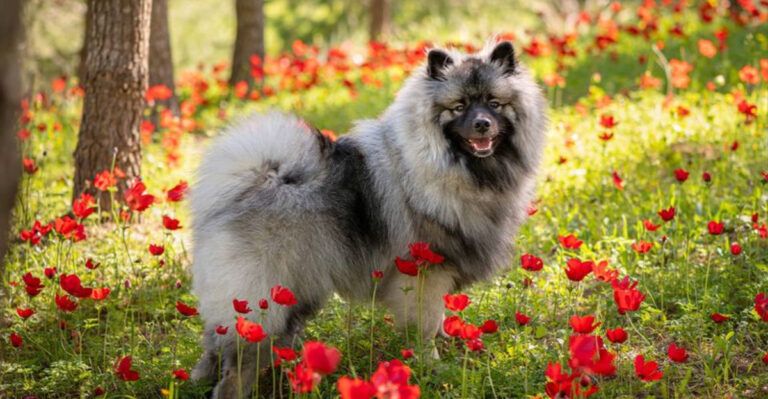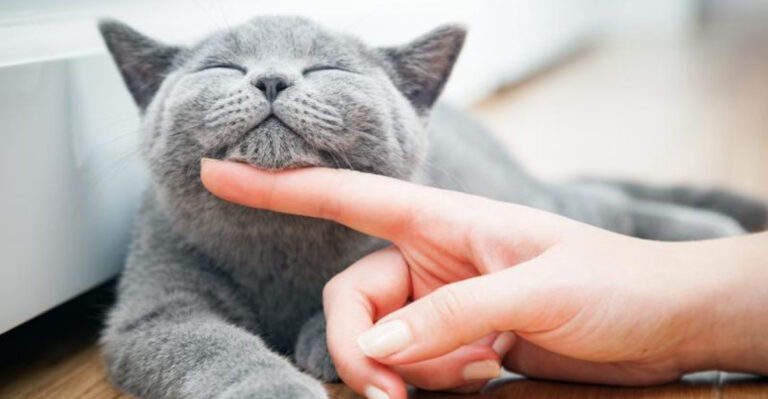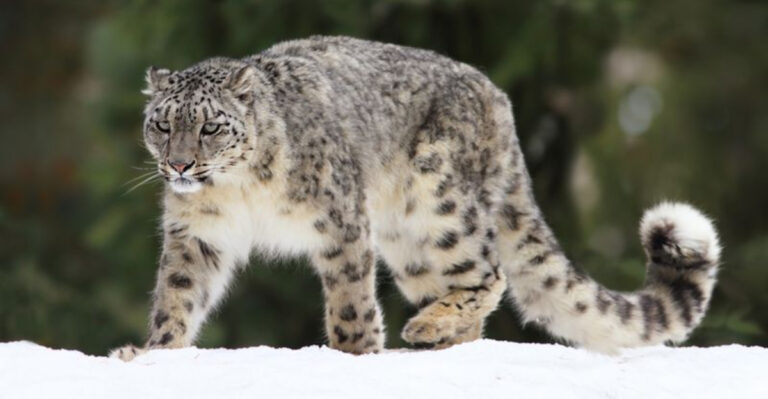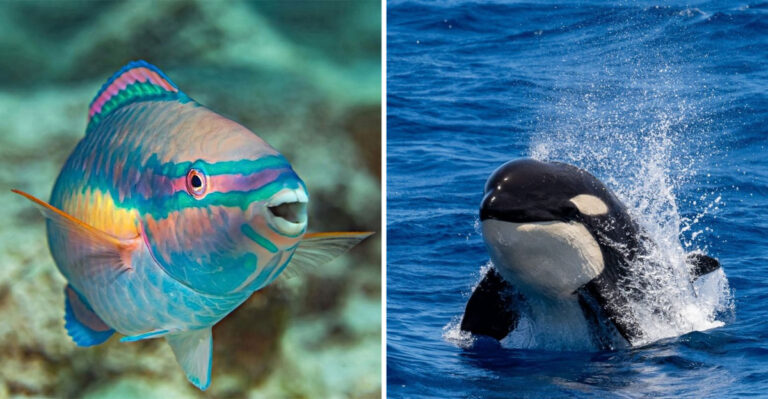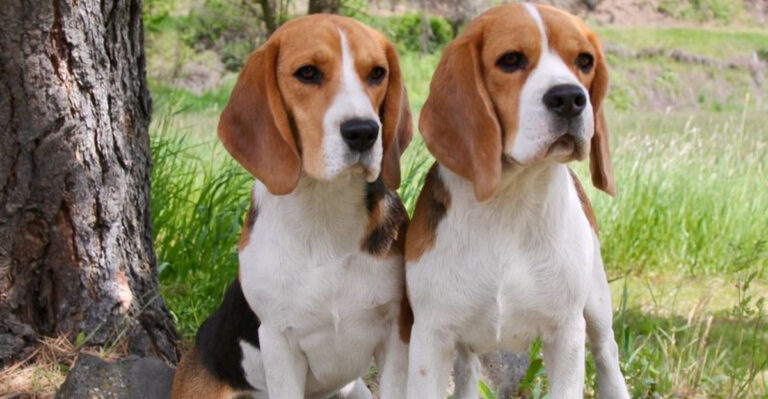14 Animals Born With Plastic In Their Bodies

In a world where plastic pollution has reached alarming levels, it’s not just our oceans and landscapes that are suffering.
Animals across the globe are being born with plastic already in their systems, a grim testament to the pervasive reach of this modern menace. With a blend of curiosity and concern, let’s explore these fascinating creatures that sadly carry traces of human-made debris from birth.
1. Sea Turtles
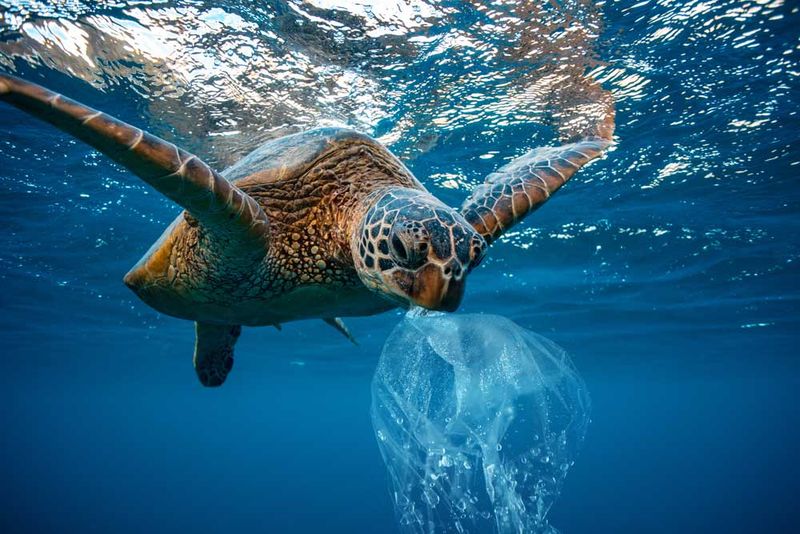
How often does a snack come with a side of plastic? For sea turtles, it’s more common than you’d think! These gentle reptiles ingest plastic while feeding, which can even pass to their offspring.
As they glide through azure waters, their diet inadvertently includes plastic debris, impacting young turtles before they even hatch. This unintentional plastic buffet can cause digestive issues and lead to severe health problems.
2. Whales
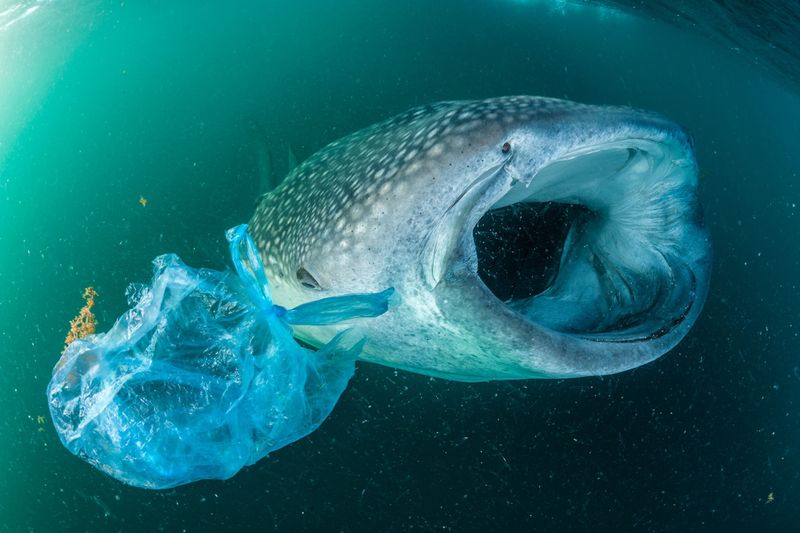
Whales, the giants of the sea, aren’t exempt from the plastic plague. These magnificent creatures often swallow plastic while hunting for food. Imagine filtering the ocean with your mouth and getting a dose of plastic instead!
Several whale species, from the behemoth blue whale to smaller ones, have been found with plastic in their stomachs. This unwanted diet poses threats to their overall health and survival.
3. Fish
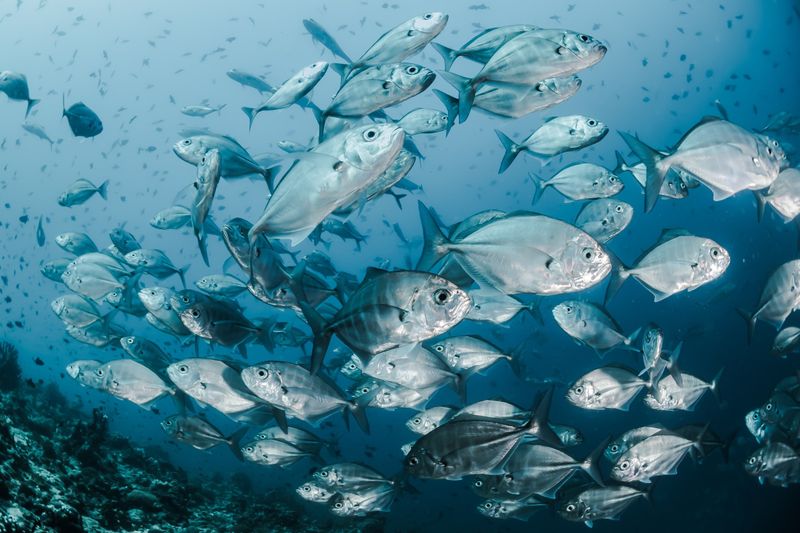
Fish nibbling on microplastics is like snacking on invisible junk food. It’s a troubling reality for many fish species, including those we see on dinner plates.
Microplastics permeate their environment, getting ingested as fish unknowingly swim through contaminated waters. This exposure not only affects their health but also has repercussions up the food chain, impacting humans who consume these fish.
4. Birds
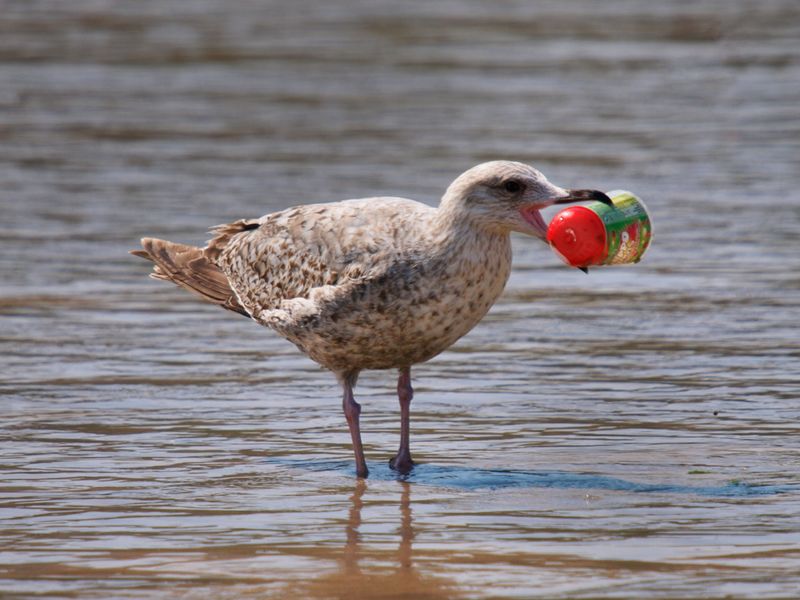
Soaring above the vast ocean, seabirds encounter more than just fish; they find a smorgasbord of plastic. Unfortunately, it’s not a diet they choose.
Birds like the albatross often ingest plastic while feeding, and unluckily, their chicks can receive this plastic legacy too. This ingestion leads to digestive blockages, malnutrition, and sadly, can be fatal for these majestic avian wanderers.
5. Seals
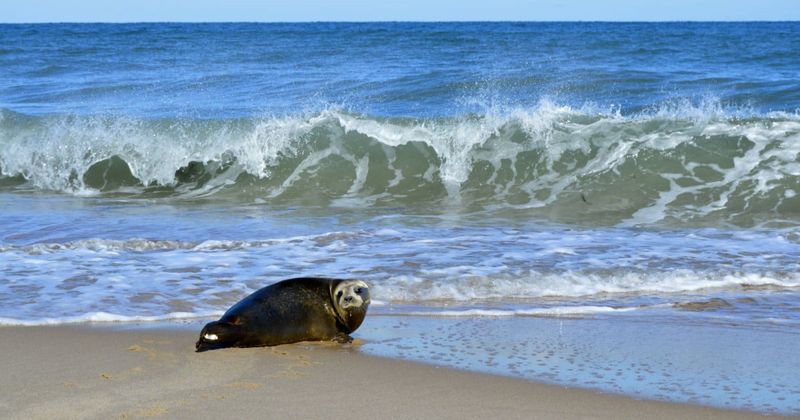
Seals, with their playful antics, face a dark side of human impact. These marine mammals often ingest plastic, not just directly, but through contaminated prey.
As they dive through ocean waves, bits of plastic can find their way into their systems, leading to digestive complications. This unwanted diet disrupts their health and well-being, casting a shadow over their playful nature.
6. Otters
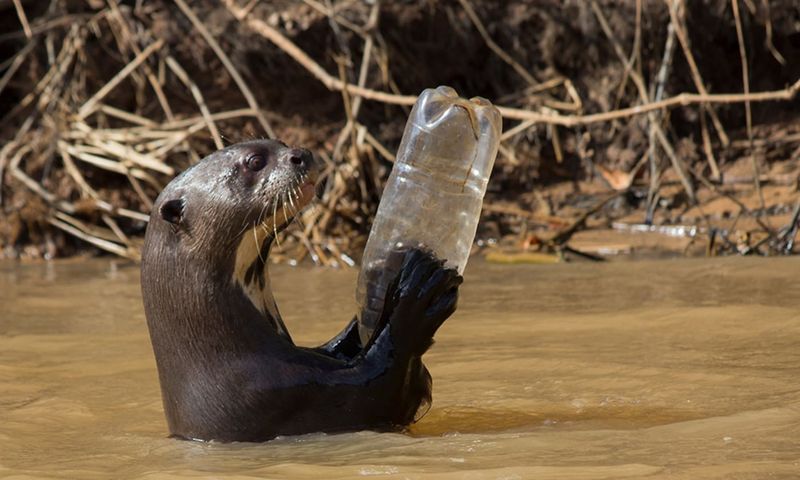
Imagine being an otter, frolicking in a river, only to find your environment littered with plastic. These adorable creatures, often seen along coastlines, are not immune. They can ingest plastic debris from their surroundings, impacting their playful lifestyle.
The health consequences are significant, leading to digestive issues and posing threats to their populations as they navigate their plastic-laden habitats.
7. Crabs
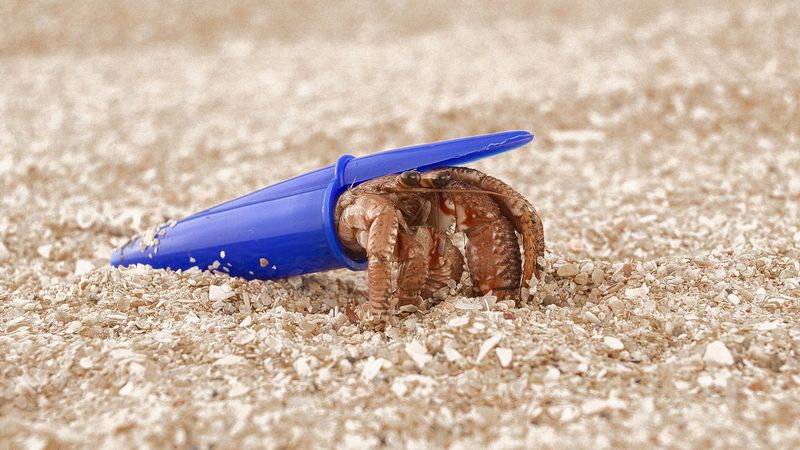
Crabs, scuttling along beaches, sometimes mistake plastic for food. This quirky diet choice is no laughing matter. As they sift through sand and water for nourishment, plastic often sneaks onto the menu.
This results in internal blockages and digestive issues, not to mention a menu change they didn’t ask for! It’s a small-scale drama with big implications for their health and survival.
8. Coral

Coral reefs, the ocean’s rainforests, are absorbing more than just sunlight. These vibrant ecosystems now contend with plastic particles floating in their waters.
As corals ingest these bits, it compromises their health, affecting their growth and resilience. This plastic intrusion disrupts the delicate balance, threatening not just the coral but the myriad species that rely on them for shelter and food.
9. Penguins
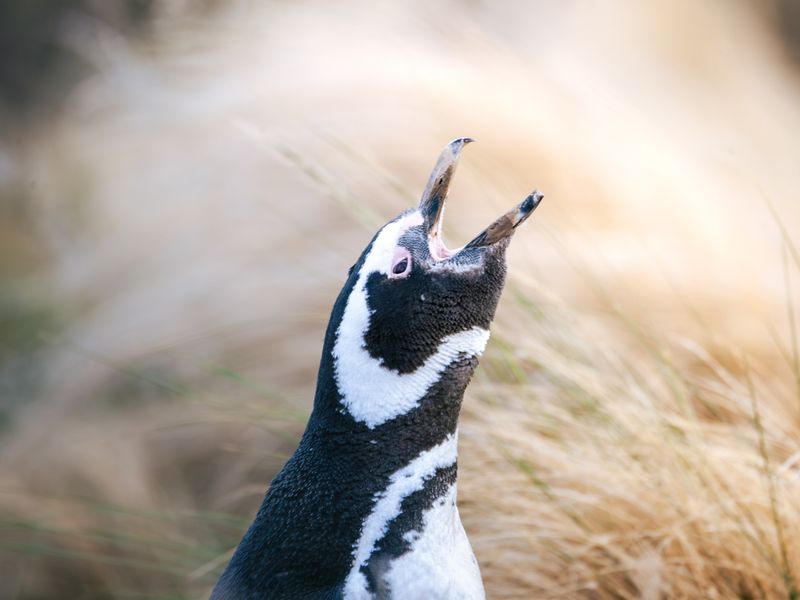
Penguins, with their charming waddles, face a chilly predicament. As they forage, plastic becomes an unwelcome part of their diet. The presence of such debris can wreak havoc on their digestive systems, posing health risks.
This isn’t just about one curious nibble; it’s a continuous threat that jeopardizes their survival. The penguins’ icy homes are no longer free from the reach of plastic pollution.
10. Dolphins

Dolphins, known for their intelligence and playful nature, are navigating polluted waters. In areas with significant plastic pollution, they ingest debris, often mistaking it for food. This can lead to serious health issues, affecting their playful demeanor and social structures. Their encounters with plastic pollution are a sad reminder of how human activity impacts even the most vibrant of marine life.
11. Beach And Shore-Dwelling Creatures
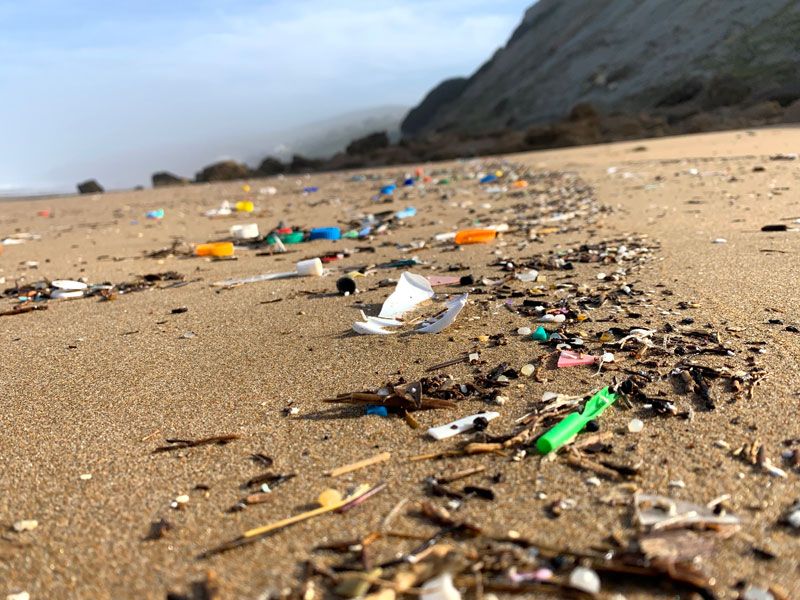
Beach-dwelling creatures, including mollusks and crustaceans, are finding microplastics in their systems. These tiny particles mix with the sand and water, becoming a part of their ecosystem. As they filter-feed or scavenge, plastics enter their bodies, affecting their health and growth. This intricate dance with plastic changes their existence and highlights the pervasive nature of pollution in shoreline habitats.
12. Elephants
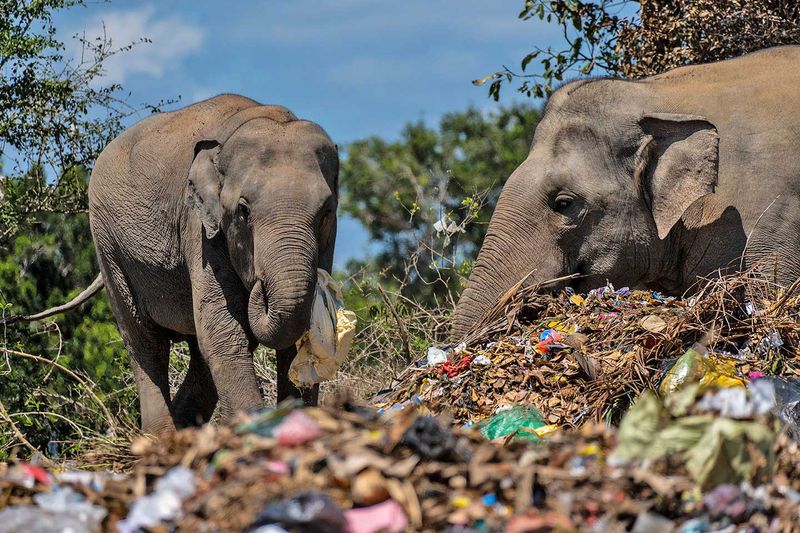
In some areas, even terrestrial giants like elephants are facing the plastic menace. These magnificent animals, often in habitats near human settlements, sometimes ingest discarded plastic, mistaking it for food. This accidental diet can lead to severe health complications. From digestive issues to fatal blockages, the consequences are dire, reflecting the extensive reach of plastic pollution beyond aquatic environments.
13. Bison
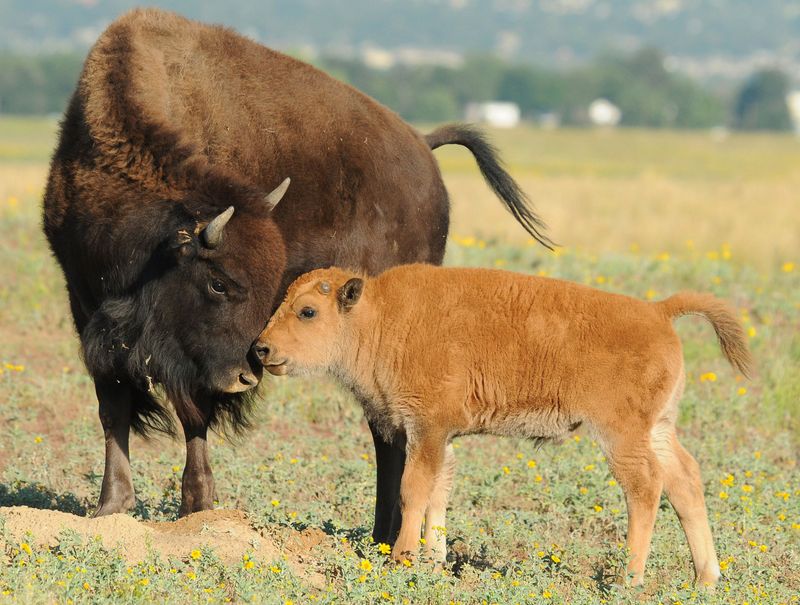
Bison, grazing peacefully, are not exempt from the impacts of human waste. In areas near human activity, they occasionally ingest plastic, mistaking it for food amidst grasslands. This unintentional consumption can cause blockages and health issues, affecting their robust nature. The presence of plastic in their diet underscores the far-reaching consequences of our waste on wildlife across diverse environments.
14. Cattle
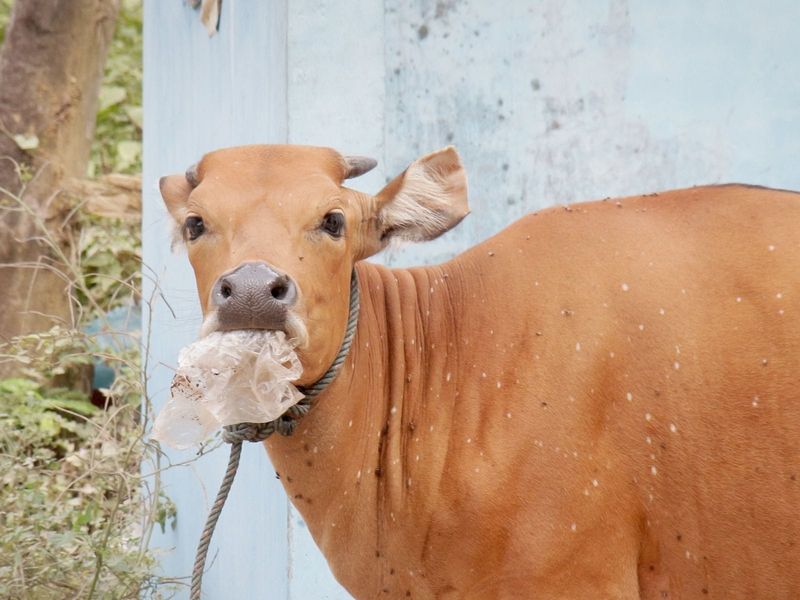
Cattle, often seen as icons of pastoral life, face unexpected challenges from plastic. In areas with human waste, they might ingest plastic while grazing. This unplanned addition to their diet poses health risks like digestive blockages and nutritional deficiencies. It’s a stark reminder of how human litter infiltrates even the most traditional agricultural settings, endangering livestock health and productivity.

